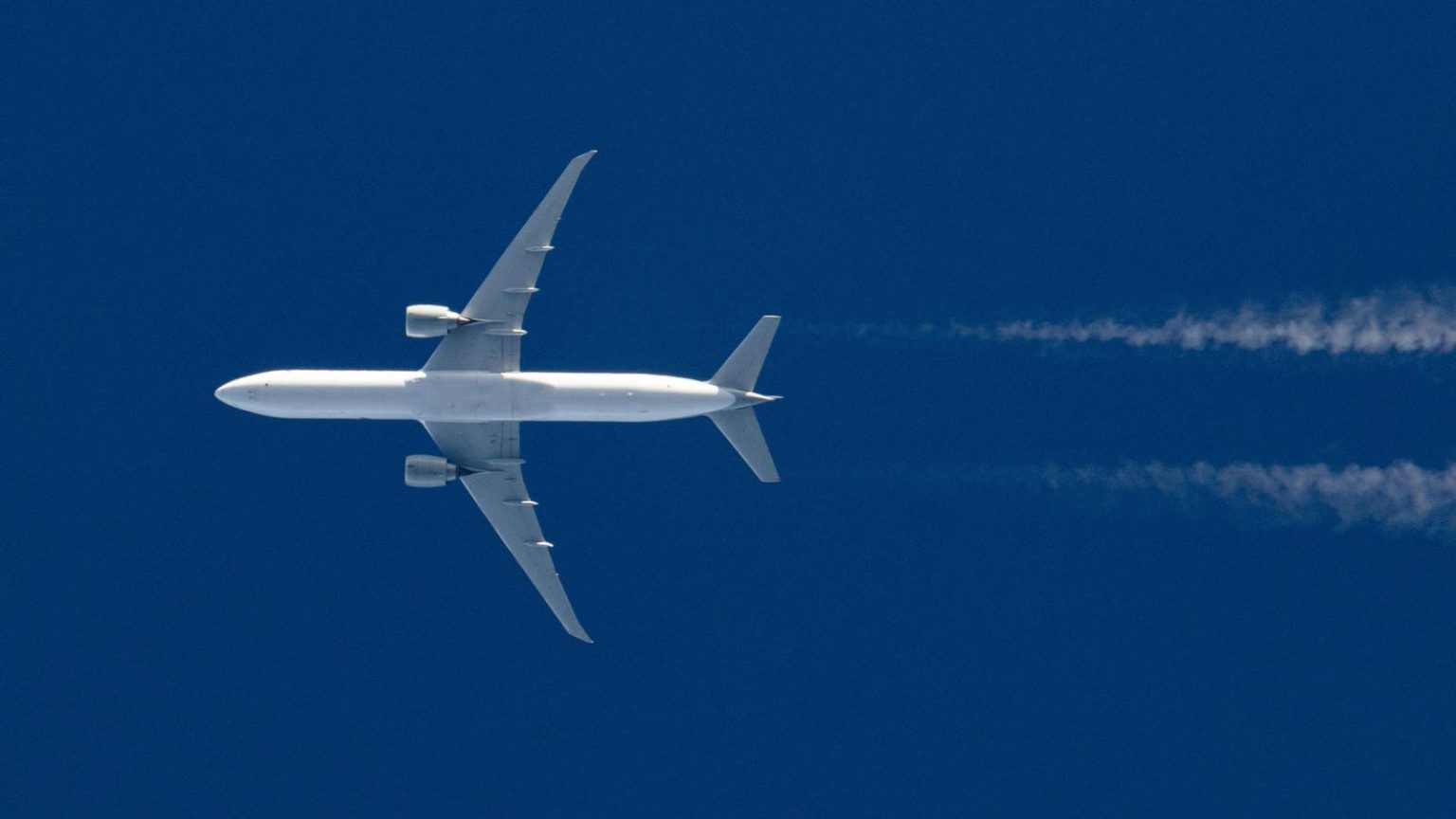The recent tragedy involving a Singapore Airlines flight has sparked concerns about flying in turbulence. While turbulence has always been a risk in aviation, recent studies have shown that climate change is making turbulence more frequent and severe due to strengthening jet streams. However, despite the increase in turbulence occurrences, flying remains relatively safe. The Federal Aviation Administration reports very few serious injuries resulting from turbulence between 2009 and 2022.
There are three general types of turbulence: boundary layer turbulence, mountain wave turbulence, and clear air turbulence. Clear air turbulence, in particular, is hazardous for pilots, crew, and passengers as it occurs in cloudless air between altitudes of 20,000 and 49,000 feet. CAT is virtually impossible to detect with onboard instruments or the naked eye but new technological advances, increased observations, and sophisticated weather models have made it easier to forecast and detect turbulence before and during flights. Pilots can now plan routes accordingly, potentially flying at different altitudes or taking a different route to minimize the impact of turbulence.
There have been advances in detecting and forecasting turbulence, but injuries do still occur due to turbulence. Aviation experts point out the need for better connectivity between ground crews, air navigation service providers, and aircraft to improve situational awareness of changing weather conditions. Integrated real-time weather information displayed on aircraft, early communication about potential turbulence, and alerting systems integrated into flight planning and flight following tools can all help improve the safety of flights.
The tragic incident involving the Singapore Airlines flight highlights the volatile nature of weather in air transportation. While advancements in weather forecasting and technology have made flying around turbulence safer, experts recommend that all passengers and crew keep their seatbelts fastened when not moving around the cabin or when the fasten seatbelt sign is on. As air traffic is expected to increase in the coming years, it is crucial for the aviation industry to continue improving safety measures to minimize the risks associated with turbulence. By utilizing the latest technology and forecasting capabilities, the industry can ensure a safer and more secure flying experience for all.


